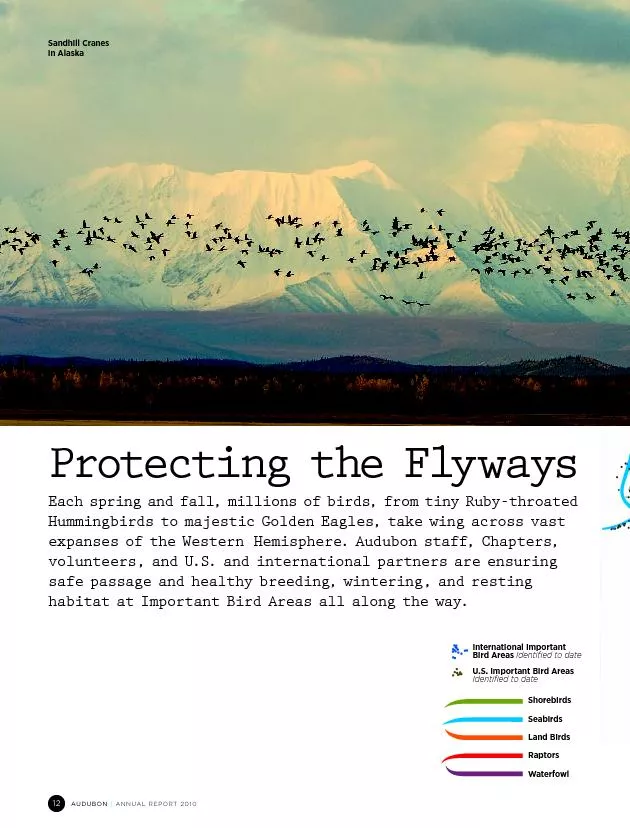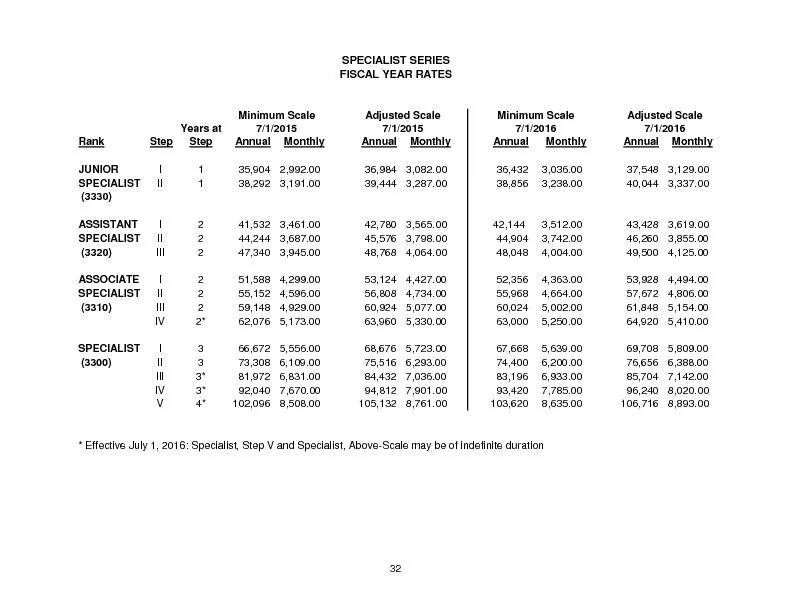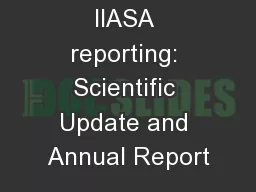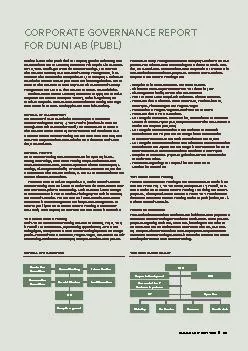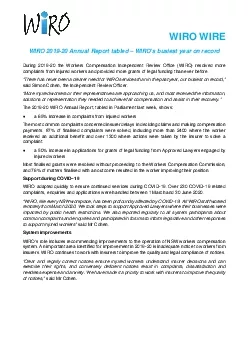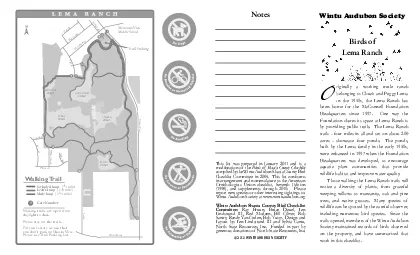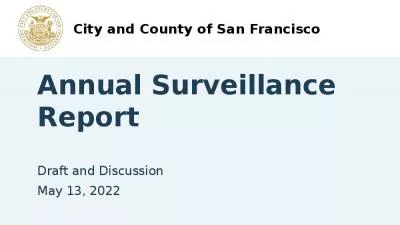PDF-AUDUBON ANNUAL REPORT 2010ProtectingtheFlywaysEachspringandfall,millio
Author : natalia-silvester | Published Date : 2016-06-06
Shore BirdsShore Birds International Important Bird AreasIdentified to DateU S Important Bird AreasIdentifiedto DateSandhill Cranesin Alaska ShorebirdsSeabirdsLand
Presentation Embed Code
Download Presentation
Download Presentation The PPT/PDF document "AUDUBON ANNUAL REPORT 2010ProtectingtheF..." is the property of its rightful owner. Permission is granted to download and print the materials on this website for personal, non-commercial use only, and to display it on your personal computer provided you do not modify the materials and that you retain all copyright notices contained in the materials. By downloading content from our website, you accept the terms of this agreement.
AUDUBON ANNUAL REPORT 2010ProtectingtheFlywaysEachspringandfall,millio: Transcript
Download Rules Of Document
"AUDUBON ANNUAL REPORT 2010ProtectingtheFlywaysEachspringandfall,millio"The content belongs to its owner. You may download and print it for personal use, without modification, and keep all copyright notices. By downloading, you agree to these terms.
Related Documents

